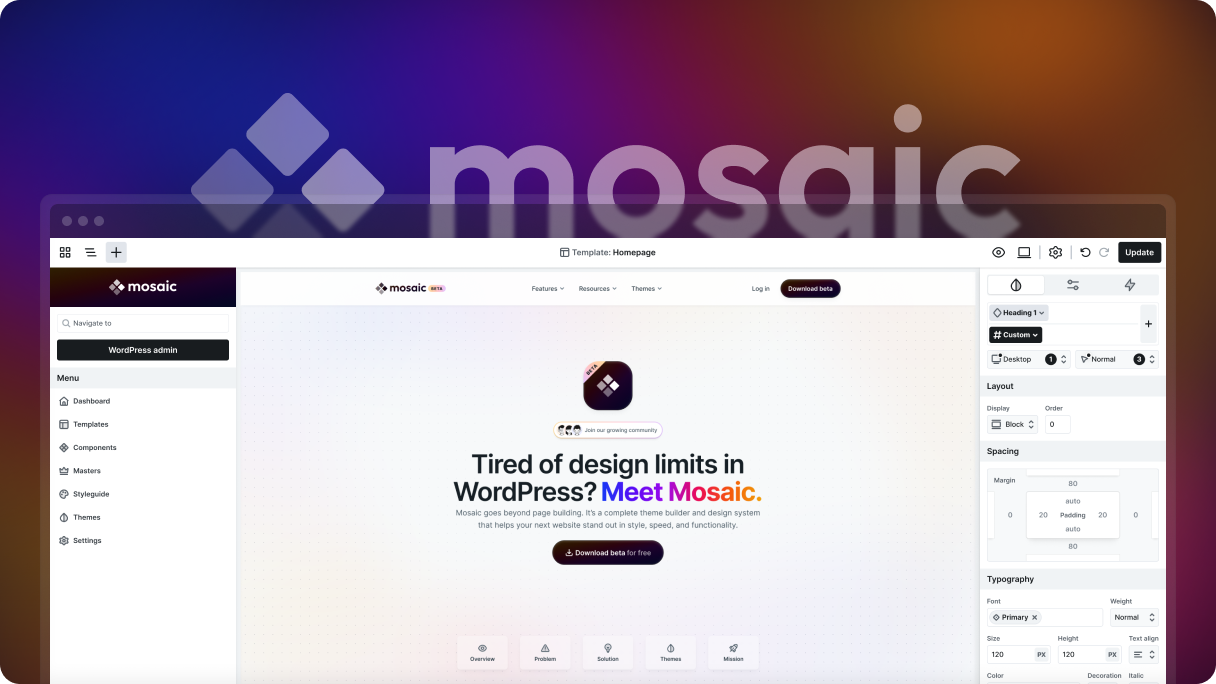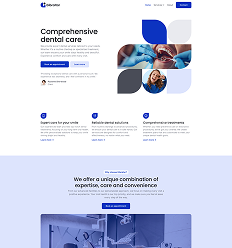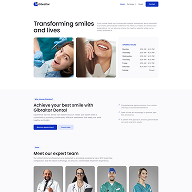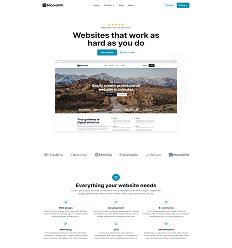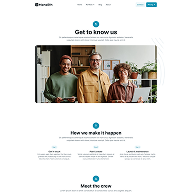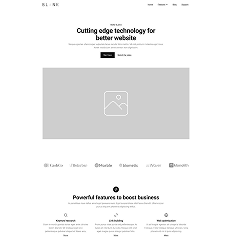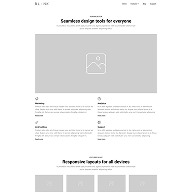Overview
Elements are the fundamental building blocks in Mosaic. They represent real HTML-based units you add to the Canvas to structure layouts, insert content, or create interactivity. Each element can have element classes, which are variations that adjust how the element behaves or looks.
Layout elements
- Section: A top-level block that groups related content and spans the full width of the page.
- Div: The Div element is a versatile container for organizing elements. It’s especially useful for breaking layouts into smaller sections.
Content elements
- Text: The Text element is a versatile tool used for displaying titles, descriptions, or any other text on your website.
- Image: The Image element gives you the opportunity to display a chosen image on your website.
- Icon: Inserts SVG graphics for visual emphasis.
- Video: Embeds self-hosted videos with native browser controls.
- YouTube: Embeds videos via a YouTube URL with adjustable playback options.
Interactive elements
- Button: Add interactive elements to your website, such as call-to-action (CTA) buttons that link to other pages or actions.
- Navbar: The Navbar element was made to help you create a top menu for your website. It is a combination of elements within its scope, so by default, it contains an Image element for the logo and a WP Menu element for the menu points.
- Form: Collects input from users with fields you can customize.
- Menu: Displays navigation links, often used inside a Navbar.
- Accordion: Groups content into collapsible sections for FAQs or long text.
- Slider: Highlight content in a visually engaging and space-efficient way.
- Tabs: Splits content into labeled sections for easy navigation.
- Loop: Dynamically generates repeating content, like blog posts on your pages.
Advanced elements
- Component: Reusable elements that hold a specific design. They are building blocks that you can add to a Template to show the same pre-made design you created.
- Code: Lets you insert custom HTML, CSS, or JavaScript into your layout.
WordPress elements
- Post content: Easily add your blog post content to your pages by including text, images, and any other content included in it.
- Shortcode: Insert any WordPress shortcode directly into your page. It’s ideal for embedding plugin features or custom functionality without writing code.
